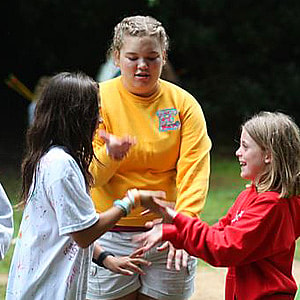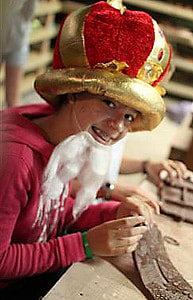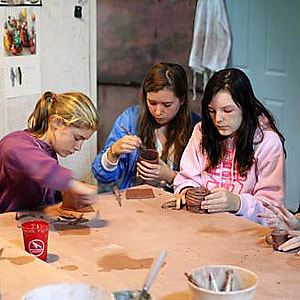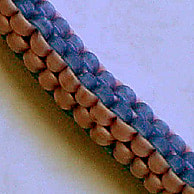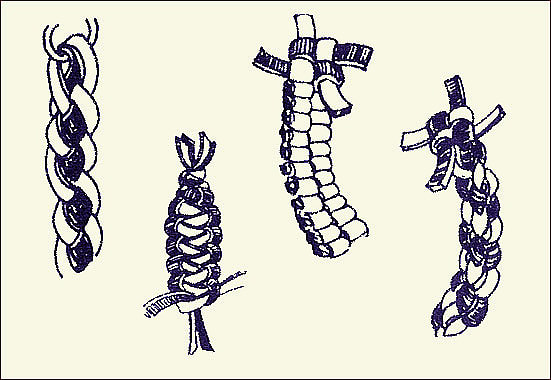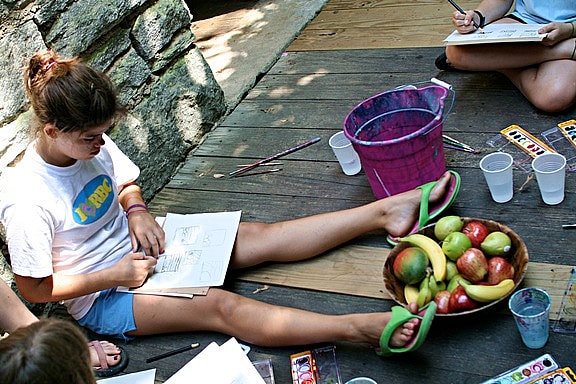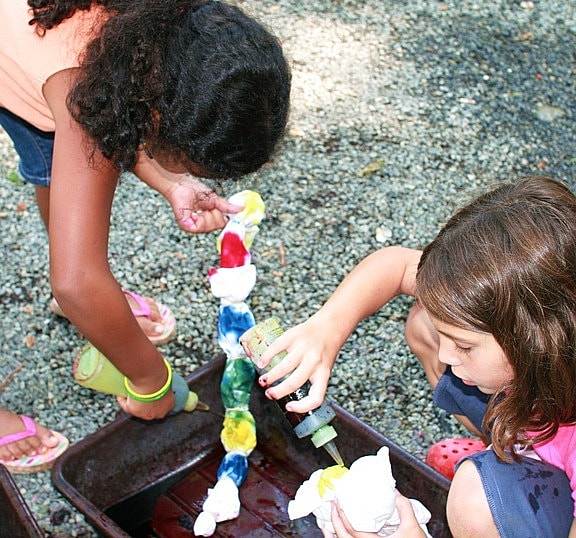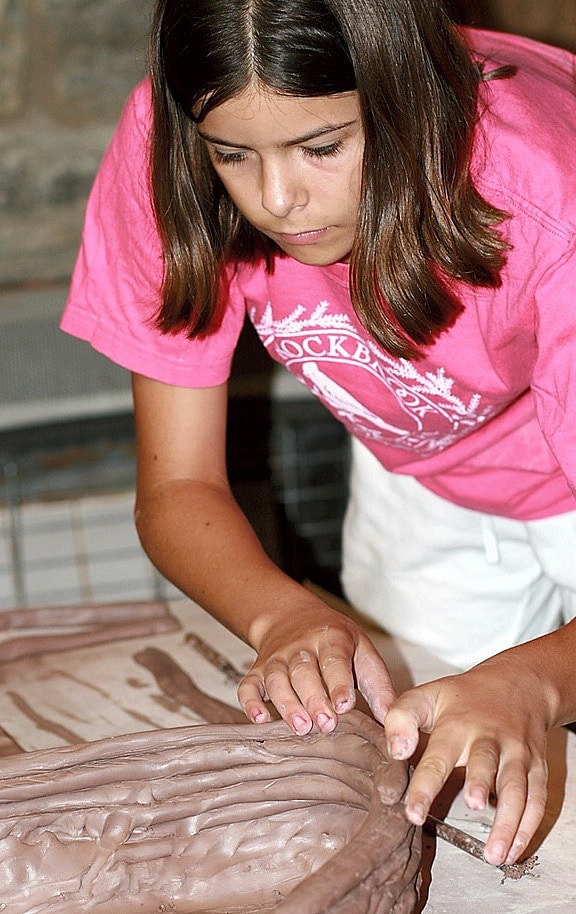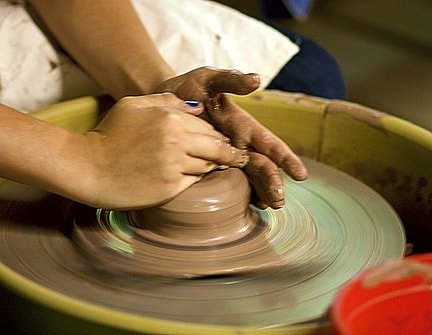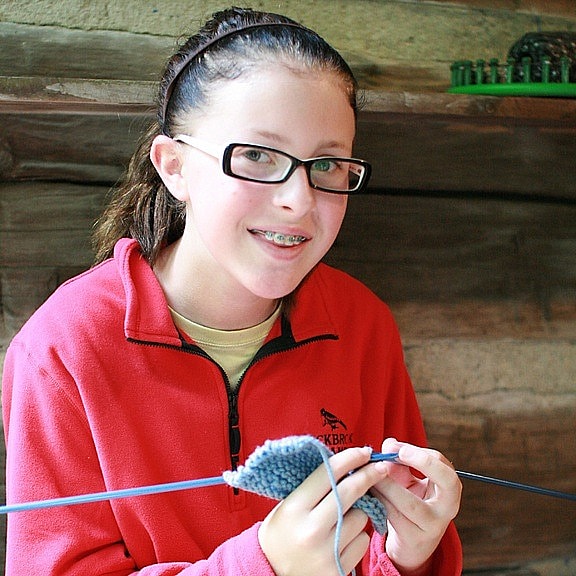There was a little bit of Potter Mania at Rockbrook today. Marking the release in theaters of the final Harry Potter film, we decided to decorate RBC in all things HP. We of course had plenty of campers and counselors dressing up as characters from the series— lots of maroon and gold, green and black stripes, Harry Potter shaped eye glasses, and lightning bolt shaped scars (drawn with dark eye liner or paint) on dozens of foreheads. Some of the campers clearly planned for this day because their costumes included more elaborate hats, capes, wigs and make up. Girls were decorating magic wands, and carrying them around, would shout out spells now and then with a sly giggle and in their best English accent. Several of the counselors and the Hi-Ups really pulled out the stops by decorating the dining hall like the Great Hall of the Hogwarts Castle: Gryffindor, Hufflepuff, Slytherin, and Ravenclaw, all represented. The equestrian staff even put together a game of Quiddich for the girls, keeping the theme going. This involved riding around a series of cones and, from atop their horse, trying to toss a small ball through a hula hoop at one end of the ring. The whole day was very imaginative and fun.
You may have noticed this from checking the online photo gallery, but one of the neat things about life at Rockbrook is how much time the campers here spend doing things with their hands. Everywhere the girls are making things, building things, and decorating things. All of the arts and crafts activities are examples of this (weaving, painting, sewing, ceramics, etc.), but so are the adventure activities (climbing and paddling, e.g.), the sports (archery and riflery, e.g.) and even the horseback riding. These girls are working with all kinds of physical materials, manipulating, shaping and arranging real, not virtual, things. They are, in this way, connecting to the physical world, often to nature, and to their own sensations and feelings.
What’s important about this “hands on” experience central to camp life is how much the girls really love it. This may be because the rest of the year lacks the same opportunity for kids to do much with their hands, and it’s simply novel and fun, but it could also be because camp is feeding a hunger. Perhaps kids need chances to work with their hands, to make things, to forge real connections with the physical world, and modern life, with its pre-processing of almost everything, is making “hand work” (working “by hand”) less common. The manual character of camp is satisfying an important need kids don’t even know they have. Instead, they simply know it’s really fun, really satisfying, to make stuff, whether it be a clay pot, a tie dye t-shirt, or even a magic wand. Maybe, we as human beings need this kind of manual experience, and we’ve forgotten it. Thankfully, there is camp to remind our children! As they grow older, we can hope they’ll remember the satisfaction they gained from working with their hands at camp. If so, I suspect they’ll be happier.

